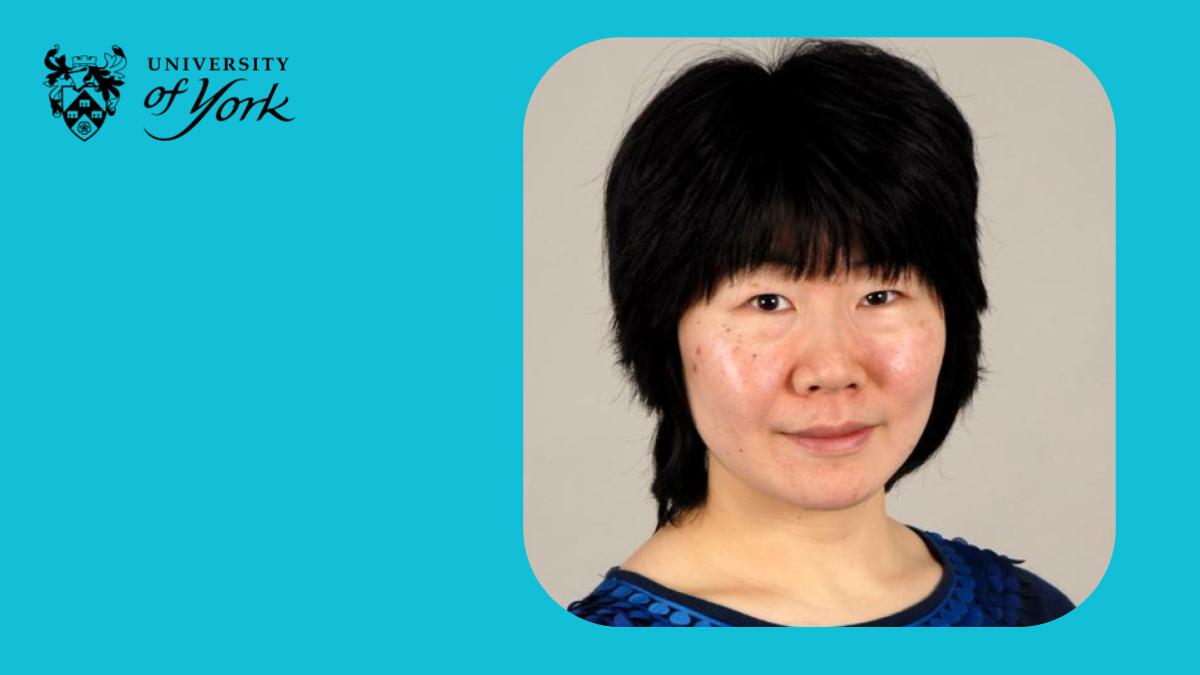New publication: Phonetic radical awareness and application in English-speaking learners’ L2 Chinese
Posted on 11 August 2022

Dr Dan Li (Department of Language and Linguistic Science) is author of “Phonetic radical awareness and application in English-speaking learners’ L2 Chinese”, a recently published paper featured in the ‘Applied Chinese Language Studies XI: Selected papers from the British Chinese Language Teaching Society’s 2021 International Conference’.
Phonetic radical awareness and application in English-speaking learners’ L2 Chinese
Unlike alphabetic writing systems, Chinese characters consist of orthographic units and exhibit less correspondence between sound and form. These features have posed a challenge to second language (L2) learners from a non-orthographic background. Phonetic radicals usually have regular positions within characters and can provide phonological cues at different levels. The present study investigated L2 learners’ phonetic radical awareness and application of the knowledge in unfamiliar compound characters. A naming task was used to assess knowledge of target phonetic radicals’ sound and form. A compound-character-sound inference task was used to explore application of the knowledge in unfamiliar compound characters, which contained the target phonetic radicals. Five adult English-speaking learners of Chinese, from elementary to intermediate proficiency levels, completed the two tasks. The results showed that the overall performance was facilitated with the growth of character knowledge and phonetic radical awareness could serve as a predictor in L2 Chinese character acquisition.
To access the publication: Applied Chinese Language Studies XI 2022
“Phonetic radical awareness can be developed at different proficiency levels. Perceiving a compound character as structured chunks is essential and useful in processing new compound characters.” - Dr Dan Li (Department of Language and Linguistic Science)
